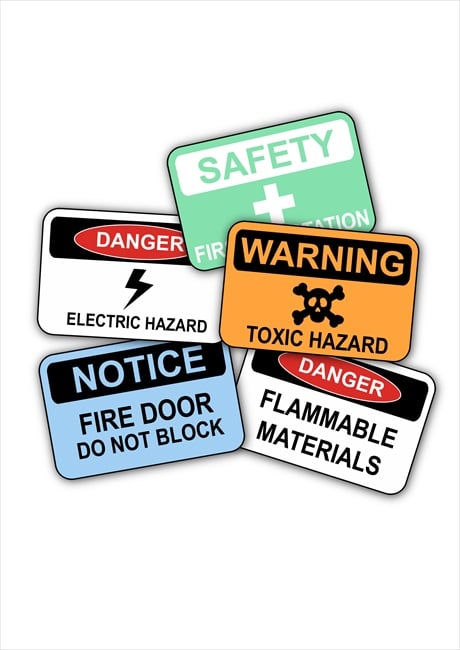The Occupational Health and Safety Act (OHSA) in Ontario instructs that all workplace incidents, accidents, and even near-miss occurrences have to be reported to the Ministry of Labour and investigated for potential violations of health and safety regulations. The primary focus of these reports and investigations is to increase all personnel's health and safety and ensure that no injuries or fatalities occur in the future.
But what exactly constitutes an incident, accident, or a near-miss?
Workplace Incidents
The first rule of thumb is to remember that all unexpected workplace events are incidents. However, not all incidents are accidents or near-misses.
The broad definition of an incident describes it as an event that disrupts regular work activity and operations and potentially causes significant risk for everyone involved.
All workplace incidents must be reported and followed up on, no matter how big or small their consequences are.
Near-Misses
Near-misses are a subset of incidents where no one got hurt, but only by a pure stroke of luck. In a near-miss, someone was a hair's breadth away from getting injured. If you're having trouble determining whether an event was an incident or a near-miss, all you need to do is consider the following:
- Was this an unexpected or adverse incident?
- Did anyone get hurt?
- If the conditions were slightly different—say, if someone was standing only a few centimeters to the side—could anyone have gotten hurt?
It’s of particular importance to train your personnel to recognize near-misses. Usually, no one has trouble identifying incidents and accidents. But near-misses may be more difficult to distinguish, and they are crucial to pinpointing health and safety (H&S) risks no one was previously aware of.
Workplace Accidents
A workplace accident is an incident—meaning an unexpected workplace event—that resulted in injury or even fatality. Many injuries are non-critical, but many are.
Critical injuries include loss of consciousness, bone fracture, amputation of any kind, loss of sight in at least one eye, severe burns, and substantial loss of blood.
Even though the word “accident” implies that no one was at fault, a thorough investigation is required. Someone might have failed to follow the necessary H&S procedures, or someone else may have failed to assess the severity of a workplace hazard. It’s vital to recognize exactly how and why the accident took place.
Takeaway
Workplace incidents are any adverse events that cause interference in daily work activities. Incidents that almost caused an injury or fatality are labeled as near-misses. Incidents that resulted in an injury or fatality are called accidents.
Regardless of the type of event that occurred, the employer should report it to the authorities in charge. They should add as much information as they can about the incident, the people and equipment involved, and the working conditions at the time of the incident. All of this leads to improved H&S measures and, hopefully, a drastic reduction in these incidents, accidents, and near-misses.
To learn how The Checker can help you report and respond to incidents, near-misses, and workplace accidents, please contact us.
Image: Compliance and Safety, Wikimedia Commons, Creative Commons











